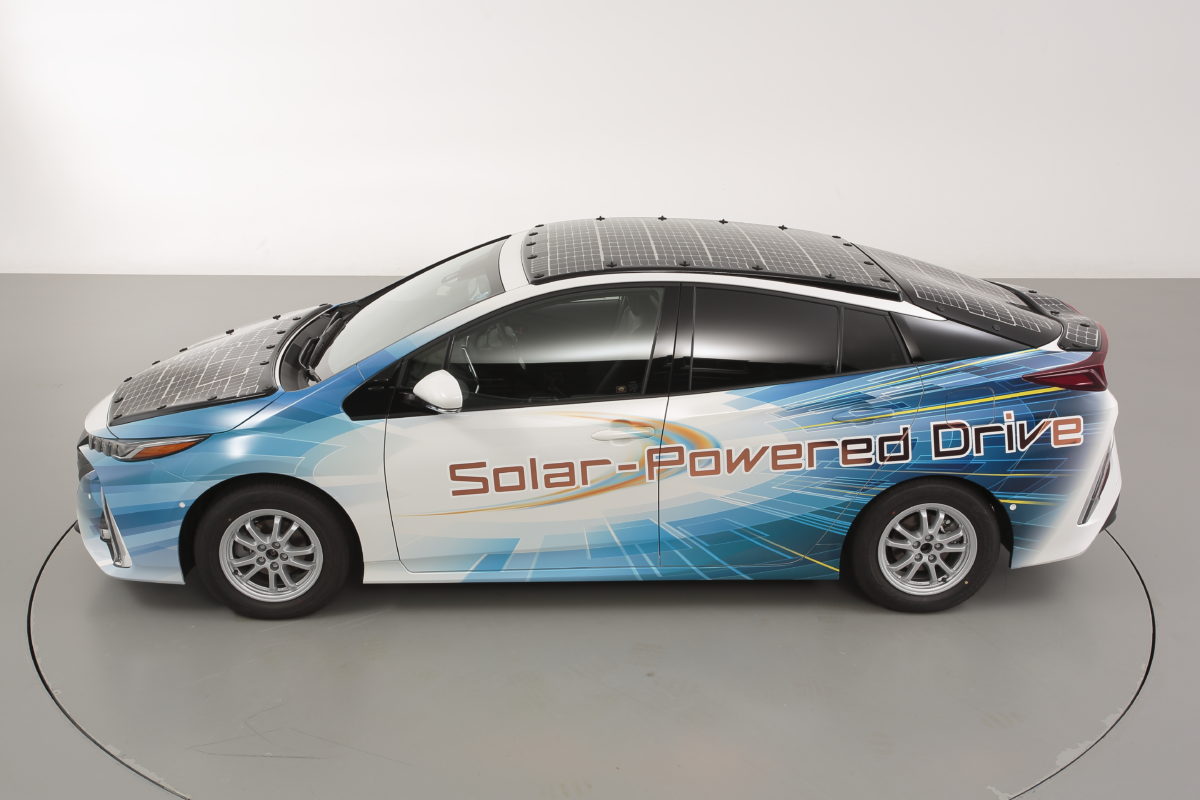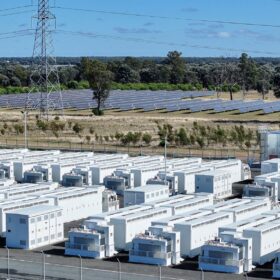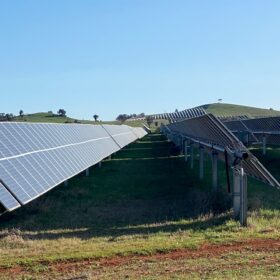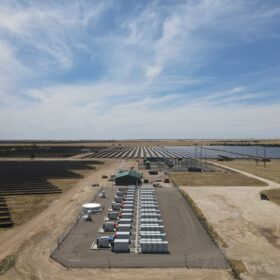Last month Holland’s Lightyear presented its Lightyear One prototype solar EV to the world, a prototype that aimed to solve the top concern people have when considering the purchase of an EV, the lack of range and charging options. Lightyear One’s low energy consumption, small battery and extensive solar panels ensure distances of well over 700km are well within the vehicle’s compass.
Now, motor and EV industry giant Toyota is following suit as the company aims to carry out the first public road trials of a similarly solar fitted Prius in Japan in order to ascertain just what improvements to range and efficiency its engineers have been able to attain with the solar PV modifications.
The demo Prius has been fitted with high efficiency (conversion efficiency of 34%+) Sharp thin film solar cells on its bonnet, roof, and boot, combining to create one large solar module. Sharp developed a thin PV film (0.03mm) in order to account for the curved surfaces of the vehicle and maximise coverage. Toyota and Sharp are hoping the heightened efficiency and expanded onboard solar panel could provide up to 1 kW of output.
This new demo Prius is differentiated from the standard Prius PHV, one of the best-selling hybrid cars in history, in that the Prius PHV possesses only a solar charging system as a 160 W add-on, enough to extend the EV’s range by 8km, and only employable while the vehicle was parked. In contrast, the new demo version with its own panel and battery system can generate 860 W to 1 kW, and this month’s tests should establish how much of a distance that provides on the road.
“The goal,” Toyota said in a statement, “is to contribute to the creation of a new solar battery panel market, including the transport sector, and find solutions for energy and environmental issues.”
The major advantage of the new demo, like the Lightyear One, is that it is able to charge its own battery while parked or in operation, “…a development that is expected to lead to considerable improvements in electric-powered cruising range and fuel efficiency.” And a significant step on the road to the solar self-sufficient vehicle.
Toyota’s move shows that non-luxury cars can also incorporate high performance PV systems. While luxury car taxes and GST bringing Lightyear One costs to more than $300,000 to bring it to Australia, with Toyota also at the wheel of this solar EV revolution affordable solar EV’s with dependable range and efficiency could now be close at hand.
This content is protected by copyright and may not be reused. If you want to cooperate with us and would like to reuse some of our content, please contact: editors@pv-magazine.com.









I’m more interested in just how far one could drive this vehicle with a possible 4.8kW to 6kW of energy production a day. You might be better off with the 34% plus efficiency panels on the roof of your house and use the hybrid battery as storage and transportation.
The big takeaway from this, is when will Sharp start selling this product as standard solar PV panels for the residential market?
How hard is solor plates on Toyota Prius,on accidents, and gun bullets comes from upwards.
Thank You Toyota
All the Best. Looking forward to see it on the road and hope to be able to own one in the near future.